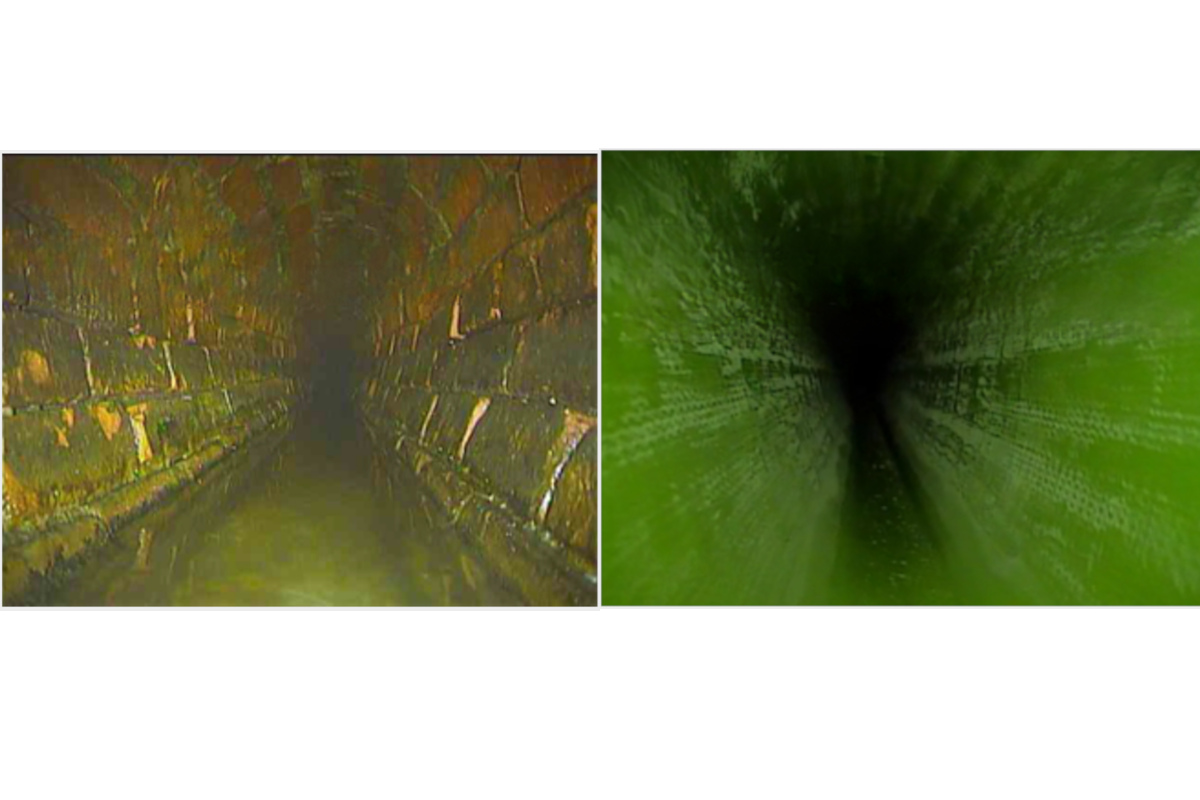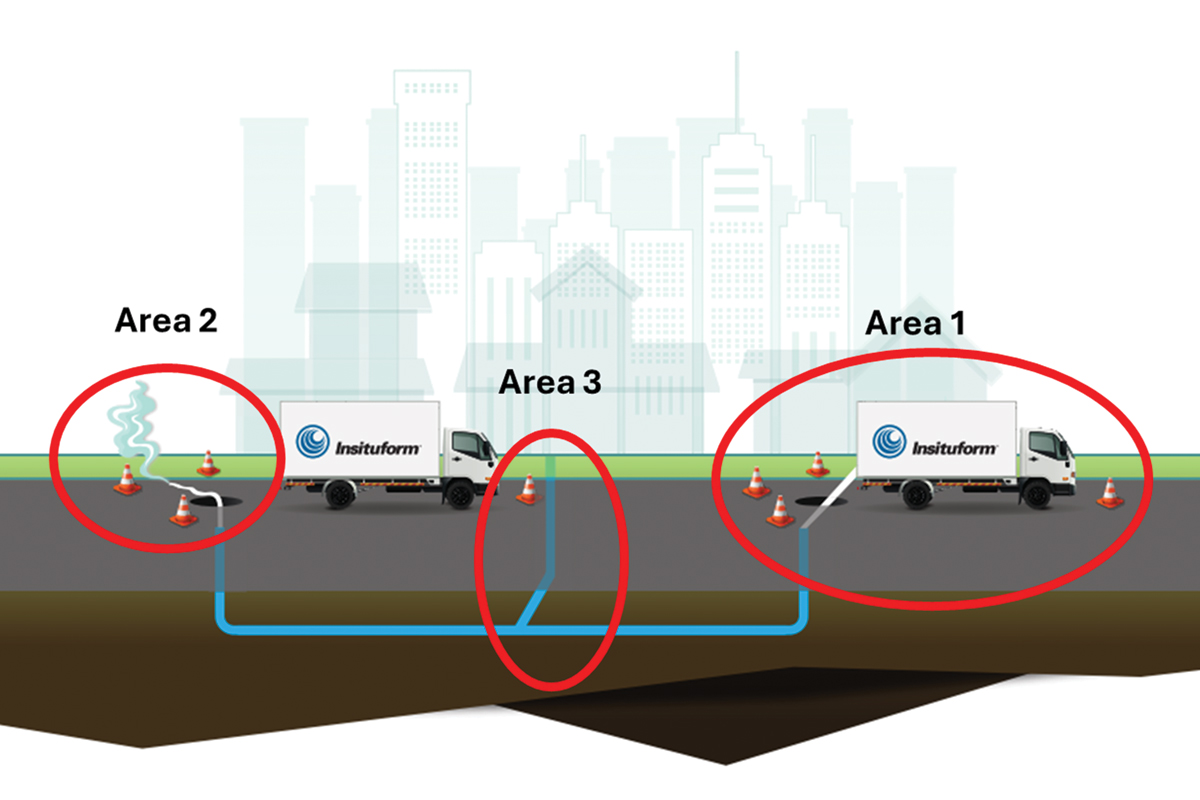
Picking the Brain of: Bill Garibaldi
January 12, 2016
In this installment of Trenchless Technology Canada’s “Picking the Brain of:” Q&A series, Bill Garibaldi, executive operations officer, Integrated Planning and Public Works, City of Waterloo, Ontario and vice president of the Ontario Water Works Association (OWWA) discusses the state of the the trenchless industry in Canada and more specifically lateral rehabilitation in Waterloo.
RELATED: Picking the Brain of: Derek Potvin
What is your background and how long have you worked in public works, dealing with underground infrastructure?
After graduating from the Civil Engineering Technology program at Conestoga College in Kitchener, Ontario in 1980, I joined the Toronto office of CBCL Ltd. as a draftsperson/surveyor. I had the opportunity to work on projects for large water transmission and sewage collection systems in the Toronto area. In 1982, I joined the engineering department of the Borough of East York as a designer/draftsperson primarily dealing with the reconstruction of roads, water mains and sewers. After some time in the engineering department, I moved to the planning department as a draftsperson/zoning clerk and learned some municipal planning basics.
In 1985, I was fortunate enough to be able to return to my hometown area and begin my more than 30-year long career with the City of Waterloo. During my time at the City I have had various roles including design of new subdivision roads, sewers and water mains, project management for road and services reconstruction or rehabilitation, operations management of public works services and general management of all of public works including engineering. Along the way, I went back to school to obtain a business diploma and graduated in the same year as my oldest daughter from Wilfrid Laurier University.
In the early 1990s the Waterloo recognized that we had a looming problem with some of our sanitary sewer laterals. During the World War II, the shortage of metal resulted in an alternative pipe material for cast iron to be developed. The new product was a bituminous fiber pipe that was constructed of paper that had been infused with bitumen. This bituminous fiber pipe (or “black pipe” as it has become known in Waterloo) had several advantages over cast iron or clay tile pipe in addition to it not being made of metal. These were that it was lightweight and easy to cut, handle and install and it came in long lengths so joints were minimized.
The City installed about 5,000 laterals made of this material in the 1940s, 50s and early 60s. However, the laterals made of this material began to fail at an increasing rate during the 80s and early 90s and the City adopted a policy to replace failed city-installed black pipe from the main right up to the house. In the early 90s. the costs associated with replacing these lateral had become significant and we began to look for ways to address this. We reached out to researchers at the University of Waterloo and over several years tested various methods for replacing or rehabilitating these laterals using microtunnelling, structural lining and pipebursting.
This collaboration resulted in the creation of the Centre for Advancement of Trenchless Technologies (CATT) at the University of Waterloo in 1994. I was fortunate enough to work closely in the creation of the centre on behalf of the City and held several positions on the board over the late 90s.
Today, the City uses excavation, pipebursting or structural lining when replacing laterals. Lining or pipebursting are used most often because of the minimal disruption to the customer.
Given your experience with CATT, how would you describe the condition of laterals in Canada? Are they a priority?
I would say that the condition of laterals in generally not well known. We don’t have programs to inspect laterals to the same degree that we do mainlines. Having said this, through infiltration and inflow (I&I) studies, municipalities have determined that laterals may be a significant contributor to I&I.
How are laterals usually addressed by cities in terms of rehab or replacement?
To combat I&I, as well as to address the structural failure of laterals, municipalities have begun lateral replacement programs. Often these programs will use trenchless methods such as pipebursting or structural lining in addition to excavate and replace.
RELATED: Picking the Brain of K.C. Er
How does the use of trenchless technology factor into upgrading/rehab of laterals?
If you are doing a total reconstruction of everything within the road right of way, excavating and replacing the laterals along with the main lines often makes the most sense and is economically efficient.
This is particularly true if you are only replacing the lateral to the property line. Since the City replaces black pipe laterals right up to the house, the lateral may be replaced using trenchless methods to reduce the disruption to the customer even if everything else is being replaced by excavation.
If the project calls for only upgrading the sewer, a trenchless alternative for both the sewer and the laterals should be considered because disruptions is greatly minimized and it may also be cost effective. It is a project by project decision but trenchless alternatives should always be considered.
How has the City of Waterloo addressed its laterals over the years? What programs are in place? Are property owners responsible?
As I mentioned earlier, the City installed several thousand black pipe laterals. When we began to see premature failure of these laterals, the City developed a policy to replace failed black pipe laterals from the main to the house at the City’s expense. From a capital projects perspective, road rehabilitation or reconstruction projects are prioritized using a variety of factors but one of these is whether the street is serviced by black pipe laterals. If so, these receive a higher project priority.
RELATED: Envirologics Engineering Expanding Tomahawk System
From an operations perspective, black pipe laterals are monitored and if individual laterals are experiencing a high blockage frequency, they are scheduled for replacement as part of our maintenance program. Failed black pipe laterals are also replaced under this program. Most often these types of replacements are done using pipebursting as the disruption to the customer is greatly reduced when compared to excavate and replace.
The City also repairs or replaces laterals made of other material under the lateral maintenance program however the City maintains only the portion within the right of way.
What are some of the challenges that Canadian cities face when dealing with laterals?
When compared with the mild climates in the southern parts of North America, the biggest difference is the depth of bury. Costs escalate when you are digging deeper to install or replace laterals below the frost line in Canada where depths of 2.4 m and greater are standard.
Contractor availability may also pose a challenge to some municipalities that are not in or near highly populated areas with access to a variety of contractors including specialty trenchless contractors. There is always a contractor nearby who can excavate to repair or replace a lateral but there may not be one who can do the same using trenchless technologies.
In your work with CATT, how has addressing laterals changed over the years?
Wow, times have changed. Excavate and replace was king in the 80s. Now there are several choices of primary methods and even more choice within each primary method. Laterals can even be rehabilitated with a structural liner from the main with almost no impact to the customer.
How has the interest by cities/communities in addressing laterals changed over the years? Is there more attention being paid?
As I mentioned earlier, I&I studies have resulted in more attention being paid to laterals. They are also a part of the collection system that can’t be ignored. Today, municipalities are looking at the entire collection system for ways to improve performance.
Sharon M. Bueno is managing editor of Trenchless Technology Canada.





